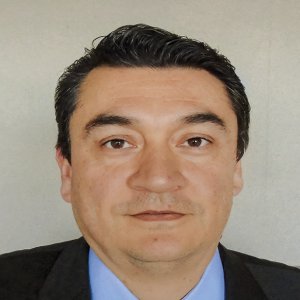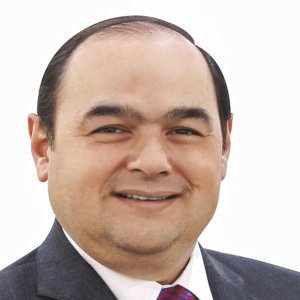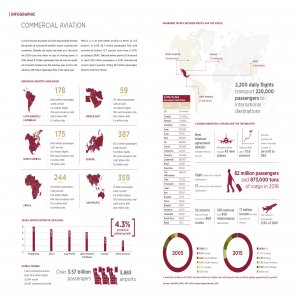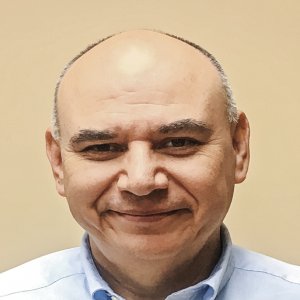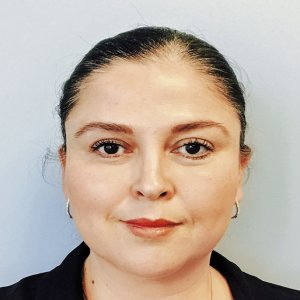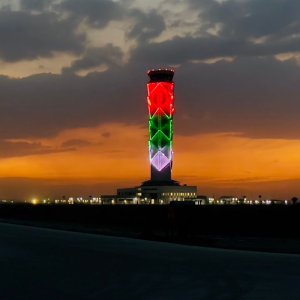A Leap From France to Queretaro

STORY INLINE POST
Q: How are low airplane orders affecting the aerospace supply chain?
A: The backlog at major OEMs is extensive and it will take many years to fill so we are not worried about a smaller number of orders. We see the opposite happening as high demand for our engines is pressuring us to increase our engine production. For that reason, by 2020 we plan to increase our global production of the LEAP engine to 2,000 per year. Increasing manufacturing by this amount is a significant challenge, as engines are sensitive products, so we must implement the highest quality and safety standards to ensure their integrity.
The true challenge is speeding up LEAP engine production to meet demand from Boeing, Airbus and Chinese companies. Even though the LEAP engine just entered service in 2016, we have over 13,000 orders. As a point of comparison, over the 40 years we produced its predecessor, the CFM56 engine, we delivered around 30,000. To speed up manufacturing we decided to continue investing in Queretaro, mainly by building a new plant that will begin manufacturing before the end of 2017. By 2021, it may be possible to produce an annual rate of over 20,000 engines blades.
Q: What recommendations would you give Mexican companies interested in developing innovative technologies?
A: Many believe that innovation starts from zero, but it requires building on decades of experience and a long time to mature. This is the reason there is so little competition in engines. The patience required is exemplified in Safran’s recent innovation award to a project that began 35 years ago. An investment in innovation is an investment in the future and the long-term plans for the company.
Some may feel that innovation in aerospace is slowing down, as the airplanes do not appear to change decade after decade. This is false. The rhythm of innovation is simply different from sector to sector. For instance, innovation in mobile devices usually takes 18 months, while for aircraft it takes 40 years. A motor lasts for 40 years. Such long periods are practically unheard of in other manufacturing sectors. While we developed the LEAP engine, we manufactured many CFM56s, which have a lifespan of 30 to 40 years. Innovation requires appropriate alliances with other companies, research centers and academia. To achieve this in Mexico, we are working closely with CONACYT and CINVESTAV.
Safran is committed to innovation, as it is fundamental to our long-term strategy. Even mature companies are not immune to market changes and may be heavily hit by them, no matter the sector. Such was the case of Kodak. If a company takes a wrong turn in its long-term business strategy, it could even disappear.
Q: What are Safran Mexico’s main priorities for local growth during 2017?
A: In 2016, we announced the construction of a new plant in Queretaro that was the result of the rise in demand for LEAP engines. We expect it to begin production in 2017. We have a strong presence in Queretaro and Chihuahua, and see potential for growth in both states. In Queretaro, we are implementing innovative textile techniques to make composite parts by “knitting” them together. This permits the generation of much stronger and lighter pieces.
Protectionist policies in the US will impact all economic sectors so it is necessary for the authorities to prevent these kinds of policies as much as possible. Production in our new plant will be of the utmost importance as strategic components will be manufactured there. Our goal for 2017 is to continue ramping up production to achieve our 2020 goals and Mexico is an essential part of that.
Safran is a French engine and component manufacturer and one of the top 100 aerospace companies in the world. Safran started operating in Mexico 20 years ago with a plant in Chihuahua and now has 13 plants in Queretaro and Chihuahua
